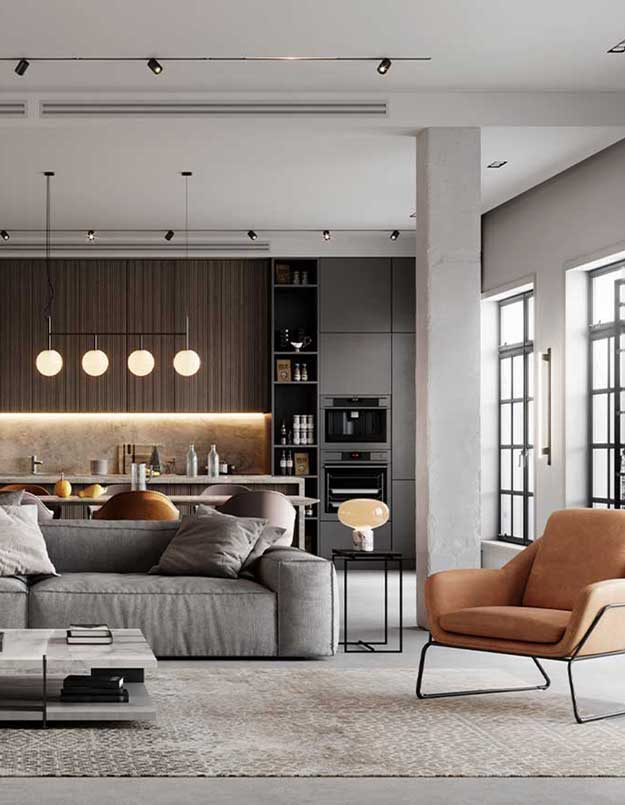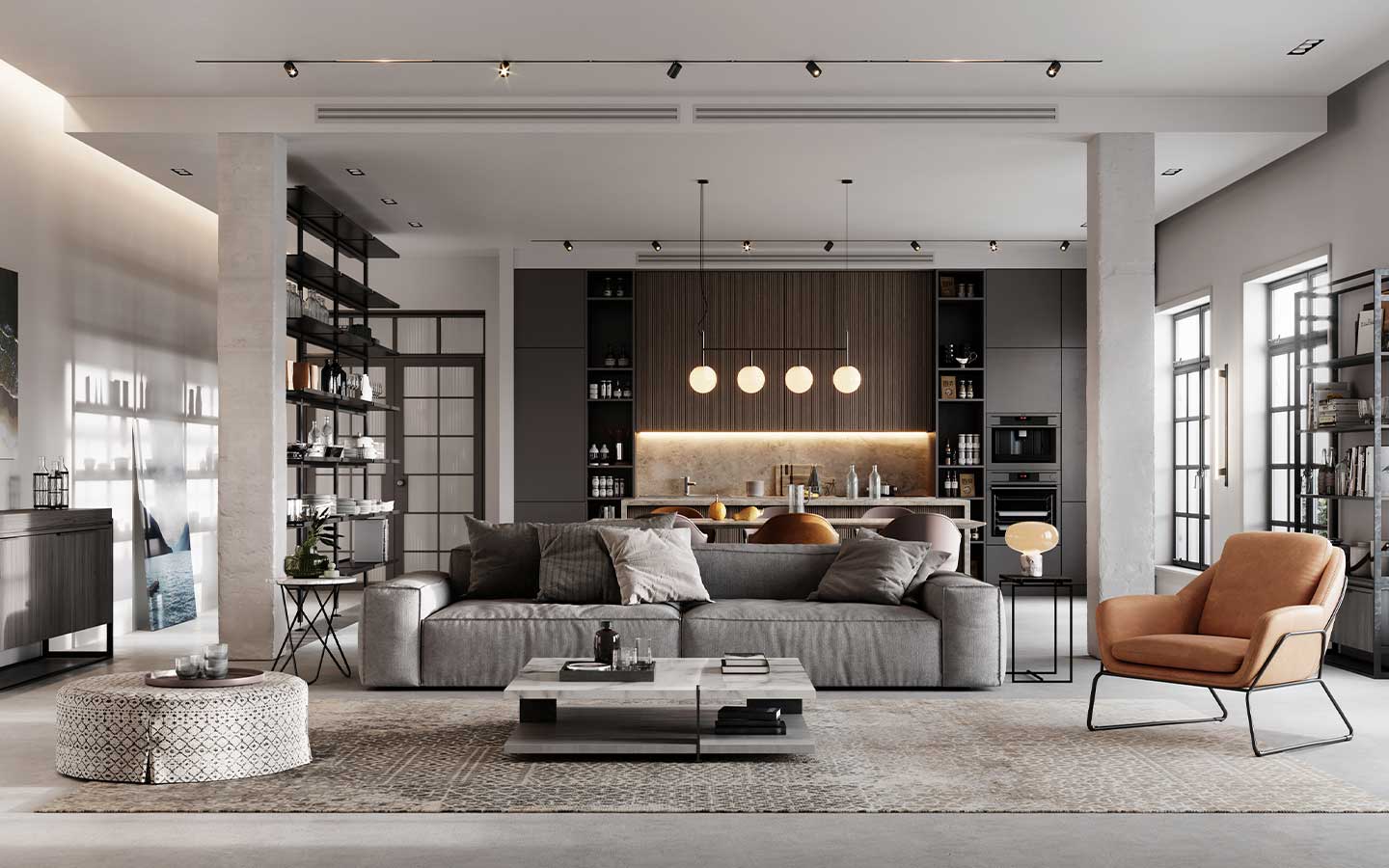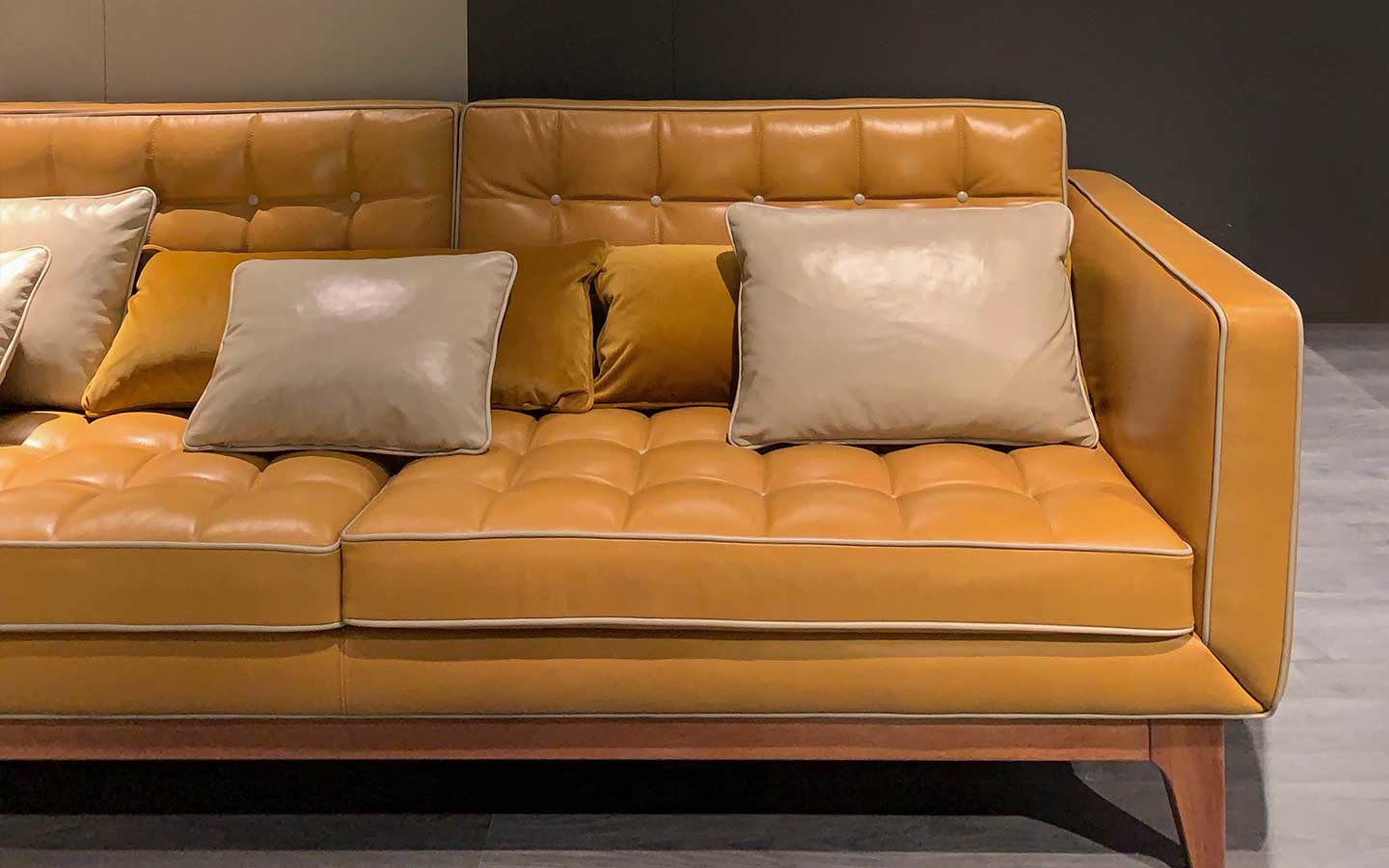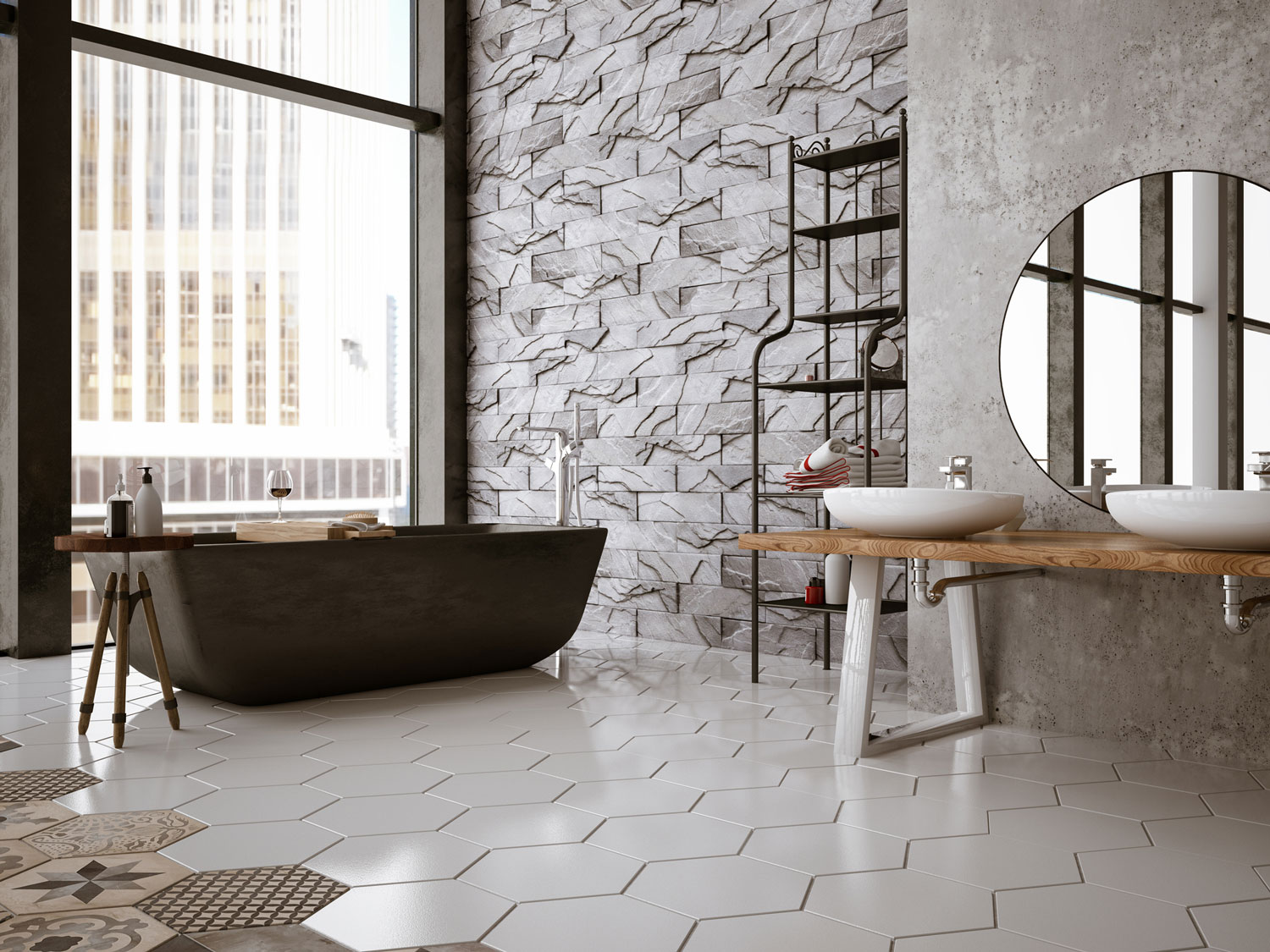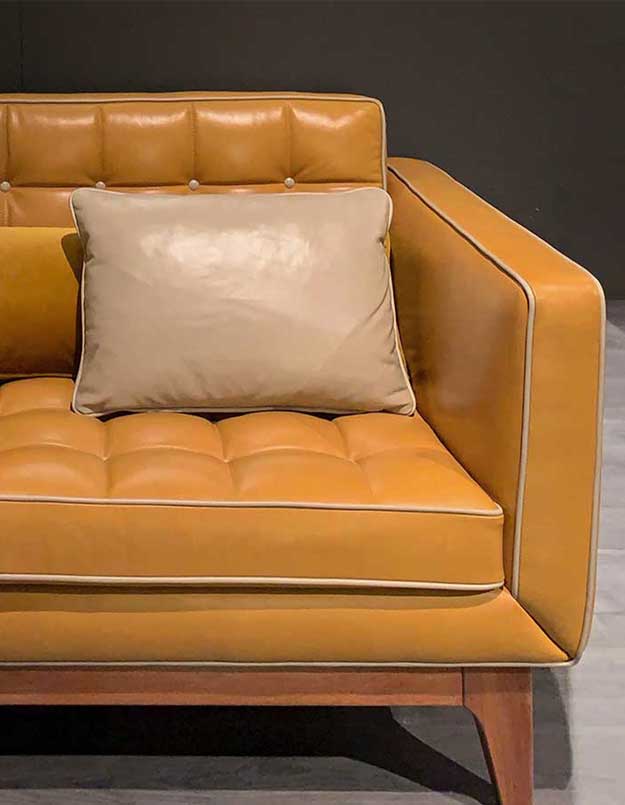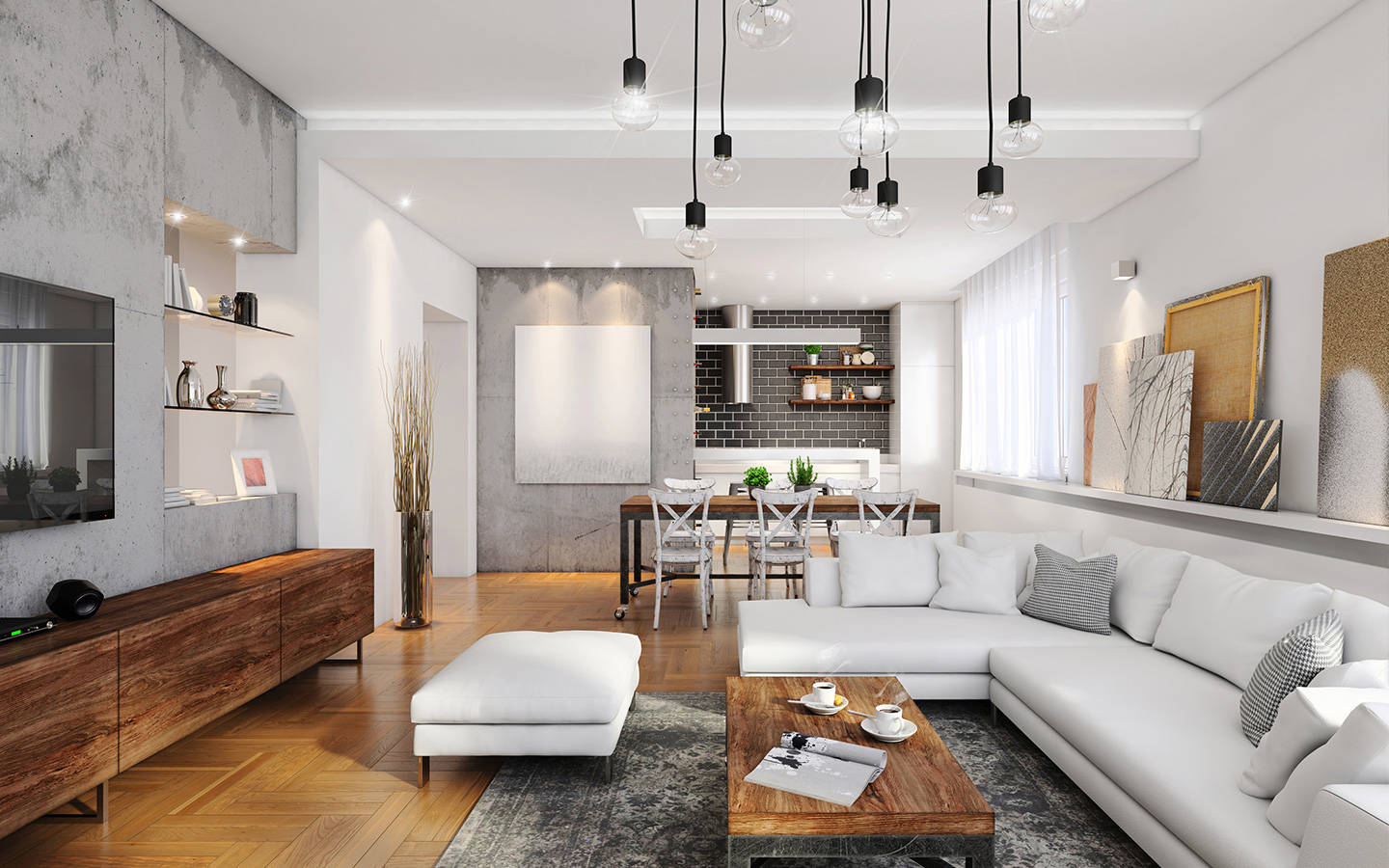

While little is known about the origin of industrial style interiors, it’s widely assumed that the style developed during the early 20th century. At the end of the 2nd industrial revolution, the trend towards globalization become more apparent. Scores of key factories shuttered and moved their operations to other countries, and as a result, vacant industrial buildings suffered from neglect. Which in turn left behind an endless resource of high-quality materials to take advantage of.
And as cities have become increasingly populated once again since the early 90’s, resulting in a shortage of residential buildings, it become a logical solution to transform industrial areas into residential neighbourhoods via gentrification.
Instead of concealing the untouched beauty of industrial buildings, savvy architects and homeowners were the first in converting industrial style plans in an ongoing trend celebrating bare walls, architectural details, and the mechanisms of the building’s origins.
Tips
More tips to successfully achieve an industrial style look for your home with ease, as shared by our interior design experts:
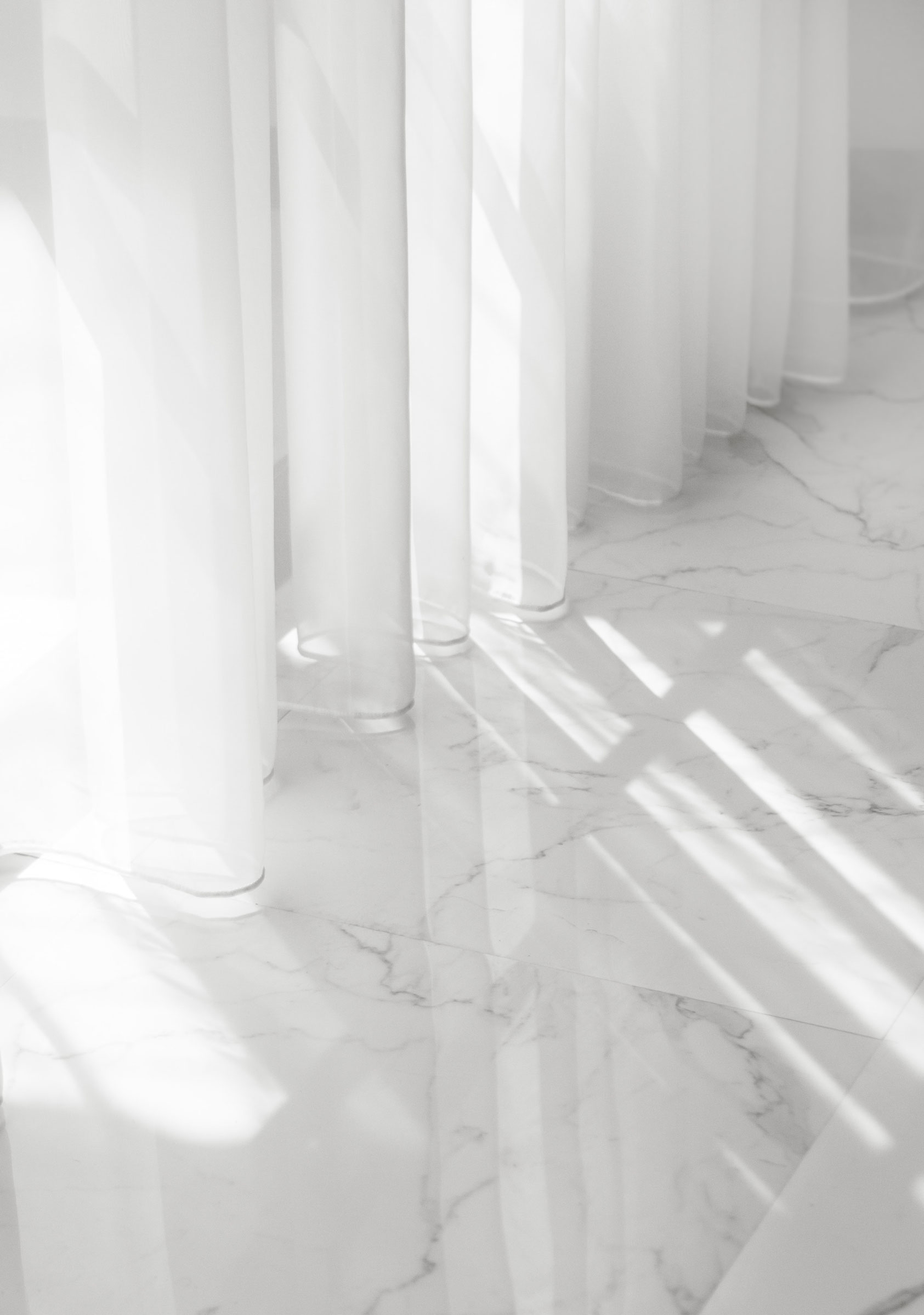
Begin with a neutral colour palette – one of the things that you’ll notice about industrial style homes is that bold hues are saved for small details while the bulk of the spaces radiate neutral tones. The style relies mainly on combinations of neutral colours to create a clean and minimalist harmonious look. For an industrial style bathroom, exposed brick and white tiles make for an essential combination finished with black metal framed glass features.
Opt for an open plan – industrial style homes are usually spacious and work well with an open plan design. In order to prevent the space from looking overwhelmingly large and hard to decorate at that, strategically arrange industrial style furniture in groupings to break up the space.
Combine wood and metal – a no-brainer in pulling off an industrial look is to mix old and new materials. The best way to achieve this contrast is by combining different types of metal and wood in your overall design. For instance, you can have a vintage wooden vanity and a steel framed mirror in an industrial style bathroom.
Ensure that lighting is on-theme – most industrial style lighting is made of metal and often consists of a combination of pendants and lamps. When using pendants, they should be low hanging with wide shades. Multi-directional floor lamps can also feature well in an industrial style living room as does – of course, reclaimed lighting.
Consider polished concrete flooring – although wooden floors are an industrial style staple, polished concrete is an ultra-modern, inexpensive option.
